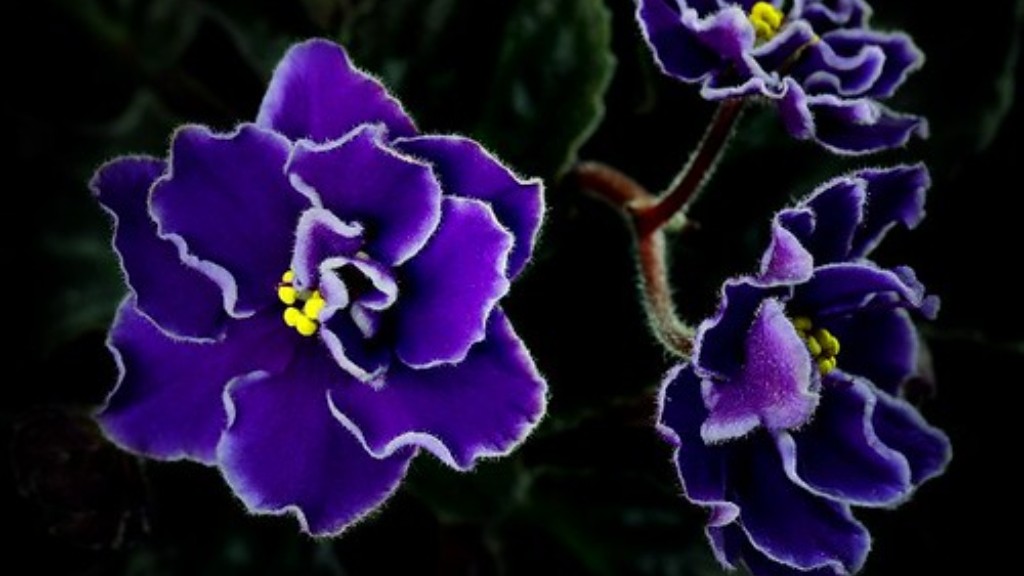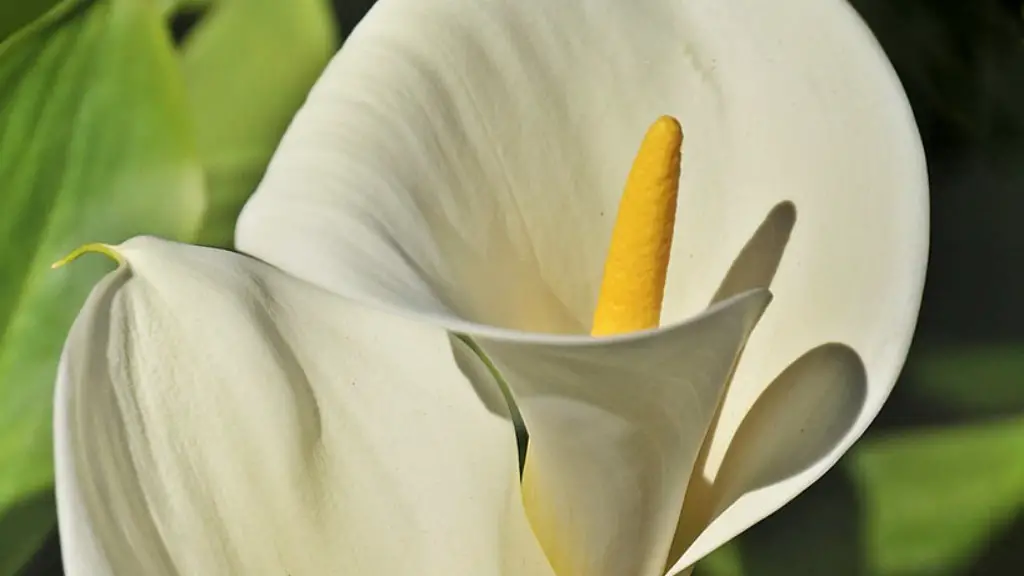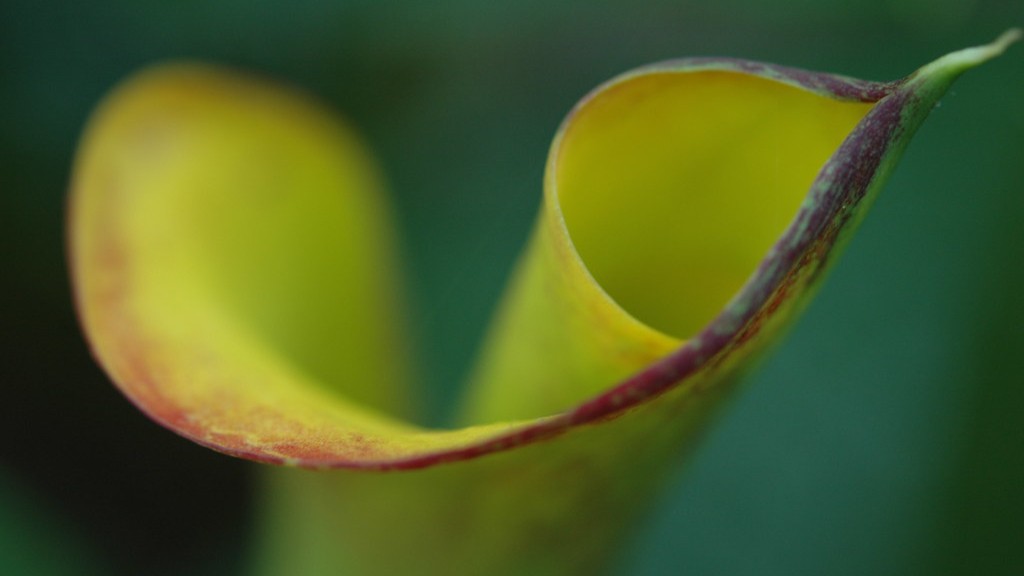Blooming African violets are the result of two things: the right environment and the right care. If either of these is lacking, the plant will not bloom.
There are several reasons why African violets might not bloom. The plant might not be getting enough light, or the temperature might be too low. African violets also need a certain type of soil in order to bloom. If the soil is too sandy or too clay-like, the plant will not bloom. Finally, African violets need to be fed a special type of fertilizer in order to encourage blooming.
Why isn’t my African violet flowering?
If your African violet is not blooming, it is likely because it is not getting enough light. African violets need indirect sunlight; direct sunlight can burn the leaves. Choose a north- or east-facing window for best results. Keep plants away from cold glass and rotate the pot once a week so all leaves receive light.
A wicking system is a great way to make sure your African violets are never over watered. With this system, you only water the plants once a week and allow the plant to completely dry out between waterings. This system is simple to set up and is a great way to keep your plants healthy and hydrated.
Does Epsom salt help African violets bloom
Epsom Salts are a great way to provide your plants with the essential magnesium and sulfur that they need to produce beautiful blooms and healthy foliage. Simply mix one and a half teaspoons of Epsom Salts in a quart of tepid water and swirl to dissolve. Then water your African violets (below the leaves) with this solution once a month.
African violets are a type of plant that can bloom nearly year-round. If you are able to provide the correct conditions, expect your African violets to bloom 10-12 months each year. Each bloom lasts for about 2-3 weeks.
How can I encourage my African violet to bloom?
Houseplants are a great way to bring some life into your home, but it’s important to remember that they have specific needs in order to thrive. One of the most important things for most plants is sunlight – they prefer bright, indirect sun. Too little sunlight will cause them to stretch for the light and produce few or no flowers; too much sun can burn the leaves. An east-facing window is ideal, especially with a sheer curtain to block the sun’s harshest rays. They also need eight hours of darkness every night. By following these simple guidelines, you’ll be sure to keep your houseplants happy and healthy for years to come!
If you want your African Violet to bloom again, there are a few things you can do:
1. Let there be light – African Violets need bright, indirect sunlight in order to bloom. Make sure your plant is getting enough light, but not too much direct sun, which can scorch the leaves.
2. Turn up the humidity – African Violets also like high humidity, so you may need to mist them regularly or set them on a tray of pebbles and water.
3. Replenish essential nutrients – African Violets need to be fertilized every few weeks with a special African Violet fertilizer.
4. Keep it pleasant – African Violets like it to be around 70 degrees Fahrenheit, so try to keep your home at a comfortable temperature.
5. Choose the right soil – African Violets need a light, well-draining soil. You can buy special African Violet potting mix, or make your own by mixing equal parts peat moss, perlite, and vermiculite.
6. Protect from pests & disease – Keep an eye out for common African Violet pests like aphids and mealybugs. If you see any, treat them
Where is the best place to put an African violet?
African violets are beautiful plants that are typically grown indoors in North America. They thrive in bright, indirect light and tend to bloom more when kept in a warm environment. A plant stand three feet away from a west- or south-facing window is an ideal location for an African violet.
African violets are susceptible to crown rot, so it is important to not saturate the crown (the section of the plant at soil level) with water. Water on the foliage may cause permanent leaf spotting, so it is important to only mist the foliage and not water directly on the leaves. Use water that is room temperature to avoid shocking the plant.
What do Overwatered African violets look like
If you see any of the following signs, your African violet is probably overwatered:
1. Droopy, soft, and mushy leaves
2. Stems that are soft or mushy
3. Roots that are soft or mushy
4. Fungal growth on the plant
5. Soil that is soggy or waterlogged
If you see any of these signs, it’s important to take action to improve the drainage of your plant’s soil and to cut back on watering. Otherwise, your plant will continue to suffer and could die.
This product is great for a wide variety of blooming houseplants, including African Violets. It’s easy to apply and simple to use, and will help your violets thrive.
What is the best African violet fertilizer for blooming?
African violets are known to be delicate plants, so it is important to use a mild fertilizer when trying to fertilize them. A 20-20-20 or 15-20-15 fertilizer would work best in most cases. Try to fertilize them once a week and see how they respond!
If you want your houseplants to bloom more, Miracle-Gro Blooming Houseplant Food is a great option. This formula instantly feeds all blooming houseplants, including African violets. Simply apply directly to the soil or mix with water, and apply once a week. Your plants will thank you!
How long do potted African violets live
African violets should be repotted every one to two years to ensure they have enough space to grow. This also allows for fresh potting mix, which will provide the plants with needed nutrients.
Your African Violet needs fertilizer to stay healthy throughout the year. During the spring and summer, you should fertilize your African Violets once every 14 days. In the fall and winter, you shouldn’t fertilize the plant at all to prevent over-fertilizing.
Can African violets get too much sun?
African violets need lots of indirect sunlight to grow properly. If they get too much direct sunlight, they will begin to show signs of scorching on the leaves and flowers. In some cases, too much sunlight will turn variegated leaf varieties entirely green.
If your African violet has burnt or dry leaf tips, it’s likely dehydrated. Try placing your plant on a humidity tray to boost the moisture in the air. If your African violet has drooping leaves, it may be suffering from low temperatures. Keep your indoor environment around 70 degrees Fahrenheit, even at night.
Warp Up
African violets typically bloom in response to shorter daylight hours and cooler temperatures, so if they are not blooming, it may be due to too much light or too much heat.
There are many reasons why African violets might not bloom, including lack of light, too much water, not enough water, or too much fertilizer. If you are having trouble getting your African violets to bloom, it is best to ask a florist or gardening expert for advice.





